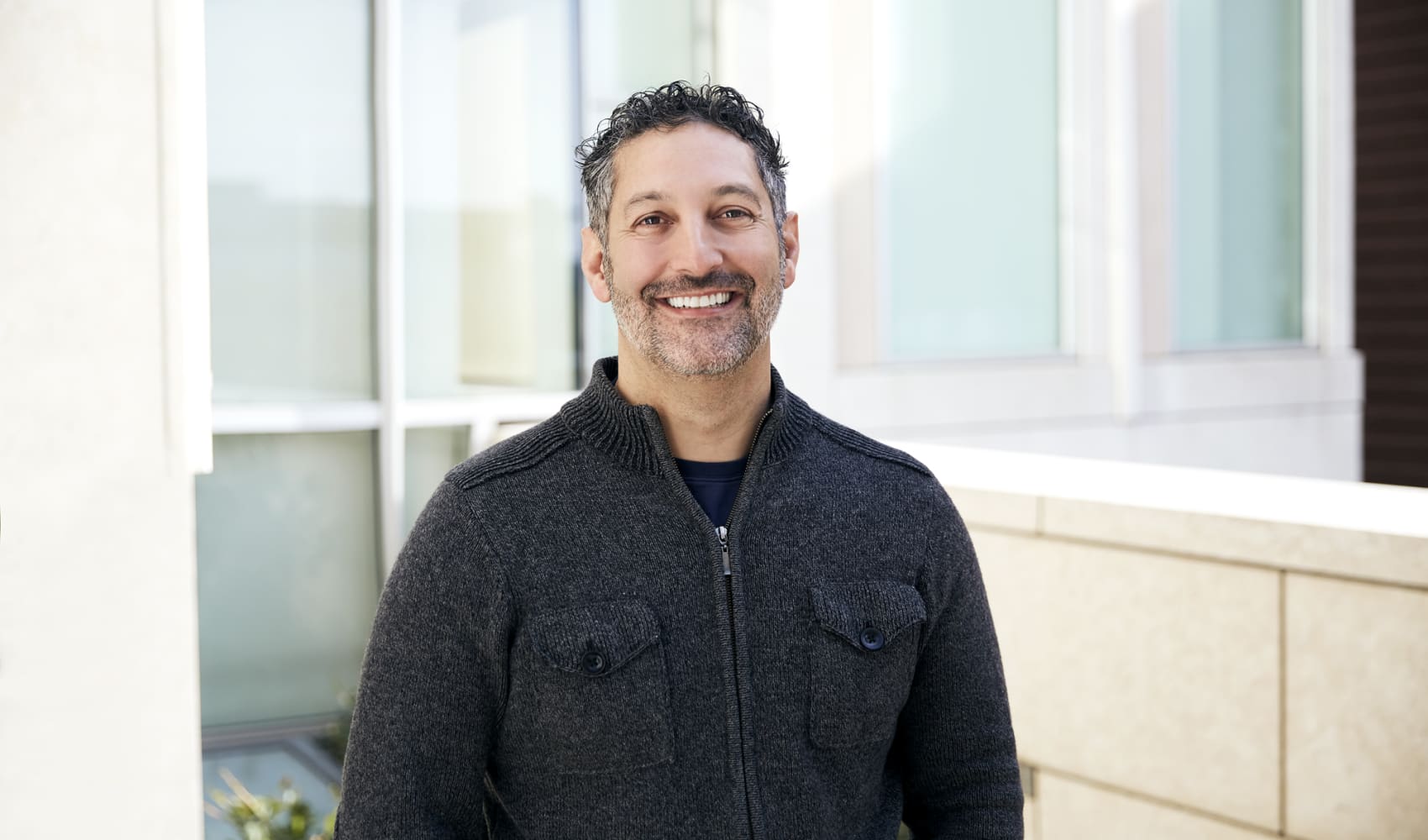
One of A24's latest movies breaks the mold in a few different ways: "Sing Sing," a film that centers around a group of men at the New York prison of the same name who are part of the Rehabilitation Through the Arts program, includes a cast primarily made up of formerly incarcerated performers who are alumni of the real-life program.
Plus, everyone who worked on the film, from the production assistants to the director to the leading star, was paid the same rate on set.
That includes actor Colman Domingo, who was nominated for an Oscar for his role in "Rustin" and won an Emmy for his work on the HBO series "Euphoria." Domingo also co-produced "Sing Sing" and hopes to see its payment model expand across Hollywood.
"It's a model that can shift how a production operates, to make sure the film is equitable above and below the line," Domingo told Variety. "I don't know if it works for every story, but there are elements of this that I'd like to see implemented across the industry."
Get top local stories in Connecticut delivered to you every morning. >Sign up for NBC Connecticut's News Headlines newsletter.
The model comes from filmmakers Greg Kwedar and Clint Bentley, who introduced the method while creating their 2021 film "Jockey" and wanted to expand it with the larger production of "Sing Sing."
Payments were determined by the Screen Actors Guild's daily or weekly rate, which is tied to the film's budget. As of July, the current SAG daily rate for low-budget films costing between $300,000 and $700,000 is $421. Films with budgets below $2 million require a daily rate of $783.
The filmmakers declined to disclose the specific budget, according to The Hollywood Reporter.
Money Report
"We built a model on parity," Kwedar, who directed "Sing Sing," said in an interview with KCRW. "Everyone on our movie, the core cast and crew — from the star of the film, all the way through [the post production group] — we all worked for the same rate."
That meant lower-paid workers were ensured a livable wage, while higher-paid stars and seasoned talent could expect a drastic pay cut.
Additionally, everyone involved received equity in the project, so "we all collectively own the movie as well."
The transparent payment structure leads to a better working culture, Kwedar said. The model eliminates typical hierarchies, determined by pay, and means "everyone that's coming onto the project has the same intrinsic value," he told KCRW. "The only variable of someone earning more or less is time."
"It also starts to create a culture where the best ideas can really be seen and come forward" no matter the person's earning power, Kwedar added. "So by erasing the line between above and below the line, we're able to say that an interesting idea can come from anywhere and have weight."
Kwedar and Bentley are now starting a production company, Ethos, that will use the same model to help other independent filmmakers work bring pay equity to their projects.
As with most workplaces, Hollywood has a pronounced gender and racial wage gap.
Actors including Terrence Howard and Taraji P. Henson have spoken out about receiving lowball salaries despite their industry experience and being part of highly popular, acclaimed projects. And Black actors are consistently underrepresented among some of the top-paid performers across movies and TV.
Want to stop worrying about money? Sign up for CNBC's new online course Achieve Financial Wellness: Be Happier, Wealthier & More Financially Secure. We'll teach you the psychology of money, how to manage stress and create healthy habits, and simple ways to boost your savings, get out of debt and invest for the future. Start today and use code EARLYBIRD for an introductory discount of 30% off through September 2, 2024.
Plus, sign up for CNBC Make It's newsletter to get tips and tricks for success at work, with money and in life.






